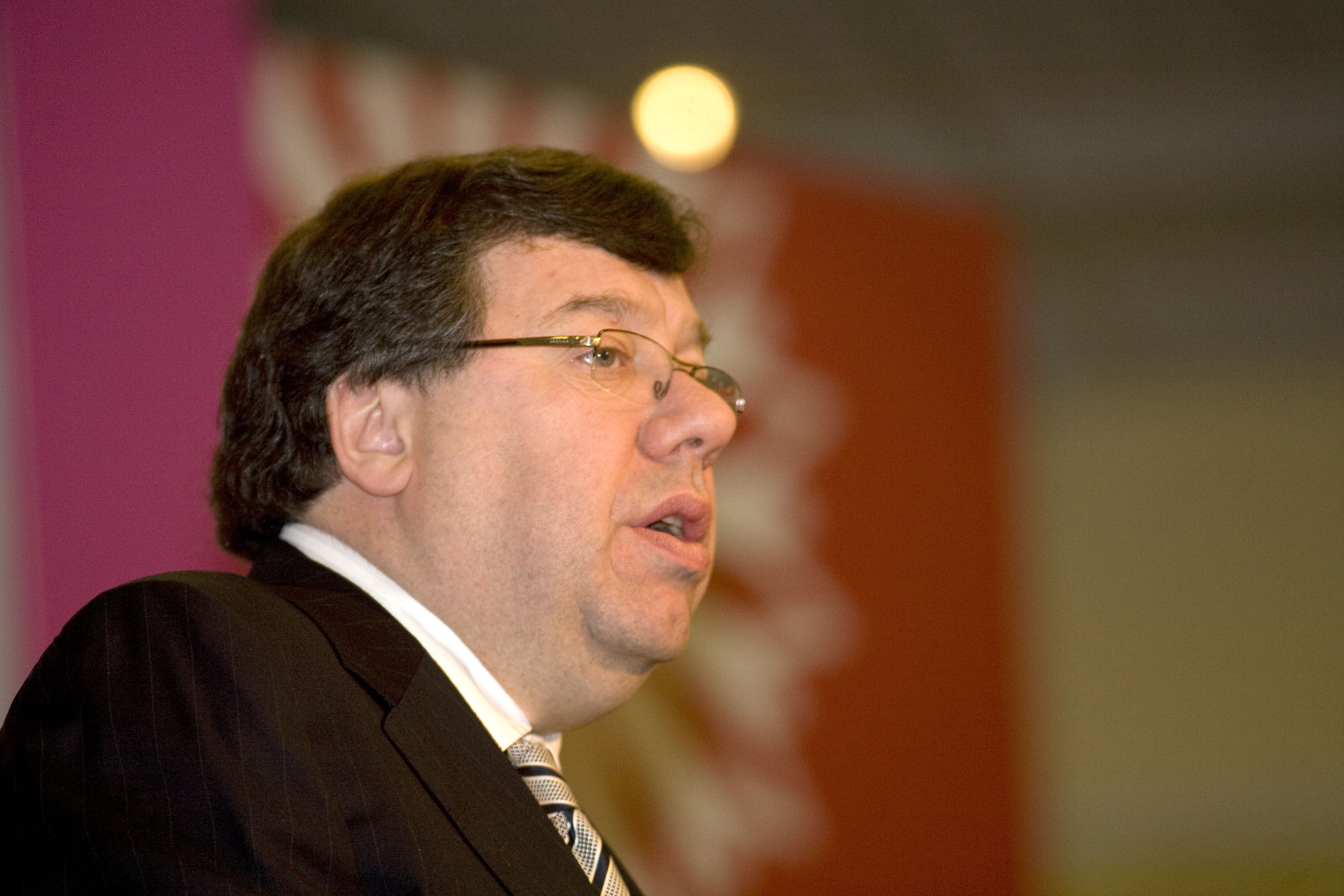Fianna Fáil moves north
Following the opening of a Fianna Fáil office in Northern Ireland, Meadhbh Monahan takes stock of the party’s presence in the province.
Since Fianna Fáil launched in the province in 2009 it has formed forums in Armagh, south Down, and Fermanagh, all border areas with a majority of nationalist voters. Ogra Fianna Fáil has also established cumanns (associations) in Queen’s University and the University of Ulster. At the 2009 ard fheis, Mark Hughes from Armagh was voted into the ard comhairle, a council of 20 that is notoriously hard to get elected onto, particularly if you reside in Northern Ireland. In addition, the Taoiseach opened the first party office in Crossmaglen on 23 July. A fourth forum will be launched in Antrim this month.
The Crossmaglen office deals with constituency issues facing the party’s growing membership in Armagh, which is estimated by the forum’s chairman Martin McAllister to be between 70 and 80.
“It is a community office for people who would prefer to come to this party rather than others,” McAllister says. He describes Fianna Fáil’s movement into the region as a “slow burn” process. “It has to come from the grassroots upwards.”
The Queen’s University cumman has 350 members. Chairman Mark Mulholland claims that Sinn Féin have “ruined” the name of republicanism because it is now associated with violence. He told agendaNi: “The Fianna Fáil movement in the North is heavily influenced by the youth in the party and this youth and energy is what is needed in modern day politics.”
This is not the first time the party has set its sights on Northern Ireland. Its founder, Eamon deValera, was Stormont MP for County Down from 1921 to 1929. He also held the South Down seat at Stormont from 1933 to 1938.
If Fianna Fáil were to stand candidates in Assembly elections Sinn Féin and the Greens would no longer be the only all- island parties. However, it is highly unlikely that the party will take to the hustings for the 2011 elections. A party spokeswoman told agendaNi: “The question of contesting elections does not even arise at this time and we have no plans or timescale for this kind of activity.”
During his visit to Crossmaglen, Cowen said: “What we have been doing for the last few years, particularly since the Good Friday Agreement, is working with people in all sections of the community to build up a dialogue, rapport, and relationships.”
He continued: “As a democratic republican party we’ve been very clear as to what our ultimate political objectives are. We believe in dialogue. It’s about an accommodation between all the traditions on the island. We are very anxious to have a structure to the arrangements that we have here in the North.”
A merger with the SDLP has often been rumoured and some members of SDLP would support this. However, the party is already a sister-party of the Irish Labour party. Indeed, Labour and the SDLP are both members of the Party of European Socialists which brings together the Labour parties of the European Union.
During a speech at the Irish Labour party conference in April this year, Margaret Ritchie said a merger with Fianna Fáil would not occur “on my watch.” However, the ‘United Ireland’ section of the SDLP 2010 Westminster manifesto contains photos of Ritchie with Brian Cowen and John Gormley, rather than Eamon Gilmore, and calls for all political parties on the island to join a ‘forum for unity’. In addition, Dermot Ahern – who has been actively involved in forming the party in Northern Ireland – and other high profile Fianna Fáil ministers are regular attendees of the SDLP conference.
Sinn Féin has welcomed the party’s movements in Northern Ireland but sees no threat. Conor Murphy told the Newry Democrat: “Regardless of the actions of any other political party, Sinn Féin will continue to ensure our delivery for our constituents.”





